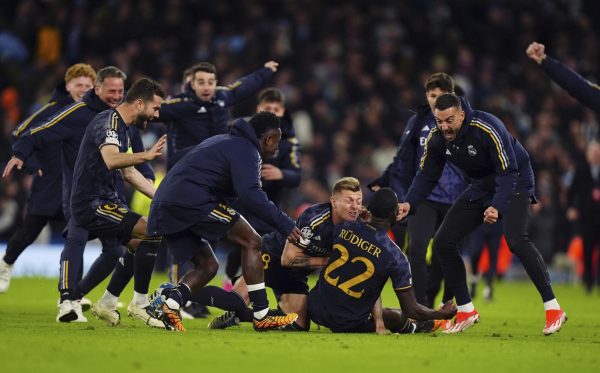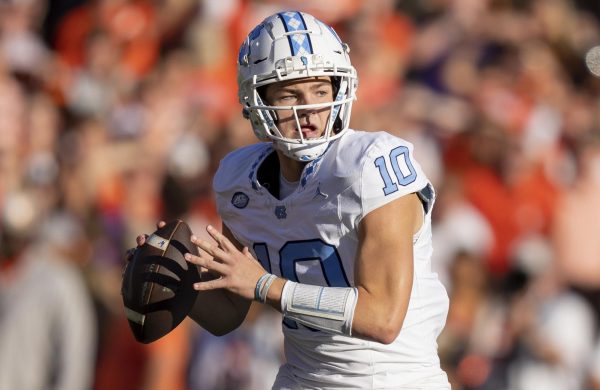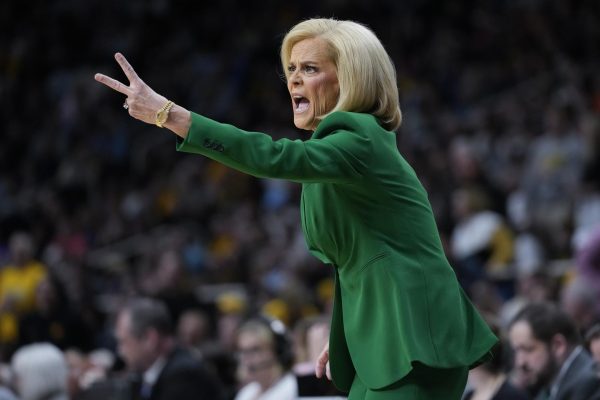Tenerife Hosts 2018 FIBA Women’s Basketball World Cup
The 2018 FIBA Women’s Basketball World Cup, which began on September 22, in Tenerife, Canary Islands, Spain, has an interesting format. In the worldwide spectacle that is the FIFA World Cup, fans who were not accustomed to soccer nor its tournaments were able to (re-)familiarize themselves with the group stage followed by knockout stage format, in which the top two nations of each group would advance.
However, in the 18th quadrennial edition of the FIBA Women’s Basketball World Cup, fans expecting a similar format as soccer’s World Cup may be surprised to discover the multiple differences. Most significantly, three teams, rather than two, have the chance to survive past group stage in the women’s tournament.
The system used under FIBA rewards group winners tremendously, earning them automatic entry into the quarterfinals. But, nations who finish as the second or third place team in their respective groups are forced to play a quarterfinal qualification match, where the winner earns entry to the quarters to face a group winner. Under this system, each game in the group stage carries significant importance.
The United States team has won the past two competitions, and qualified for competition in 2018 by winning at the Summer Olympic Games on August 20, 2016. With the number one world rank- ing, the U.S team is a clear favorite, but host nation Spain is not far behind.
The U.S.’s basketball dominance can be highlighted by its nine Summer Olympic Games Championships, dating back to its first title in 1953. This year’s competition welcomes three new nations to the competition: Belgium, Latvia, and Puerto Rico. Because Puerto Rico and Belgium are in the same group, Group C, it is guaranteed that one of these nations will have the chance to advance to the knockout round.
In the first match of their nations’ FIBA Women’s World Cup history, Puerto Rico and Belgium tipped off on September 22. Belgium cruised to a 86-36 win, but the match will go down in history for both nations as a symbol of their new involvement in the tournament.
Latvia, on the other hand, was grouped with the U.S., China, and Senegal in Group D, and failed to capture its first win in the group stage. The Latvian team fell to China 61-64, in the opening game of pool play, and dropped another heartbreaker to Senegal 69-70 the following game. The U.S., on the other hand, clinched the group before the third game against Latvia was even played on September 25. They will face the winner of Group B’s runner-up vs. Group A’s third place finisher on September 28.
The true quarterfinals are set to begin on September 28, where the four group winners will each see one of the emerging quarterfinal qualification game winners.
While the U.S. hopes to continue its global dominance in basketball, host nation Spain has looked strong in its first two games of group stage. Australia has also emerged as a frontrunner, winning its first two games handily with a +59 point differential, the most of any team through two games. Australian star player Liz Cambage tallied tournament-highs in both points (34) and blocks (4) against Nigeria in the first game, establishing her and her nation’s presence in the tournament early on.
The finals are set for September 30, only eight days after the first game of the tournament was played. By the time a champion nation is crowned, 40 games will have been played.
Contact Eric Fishbin at [email protected].








